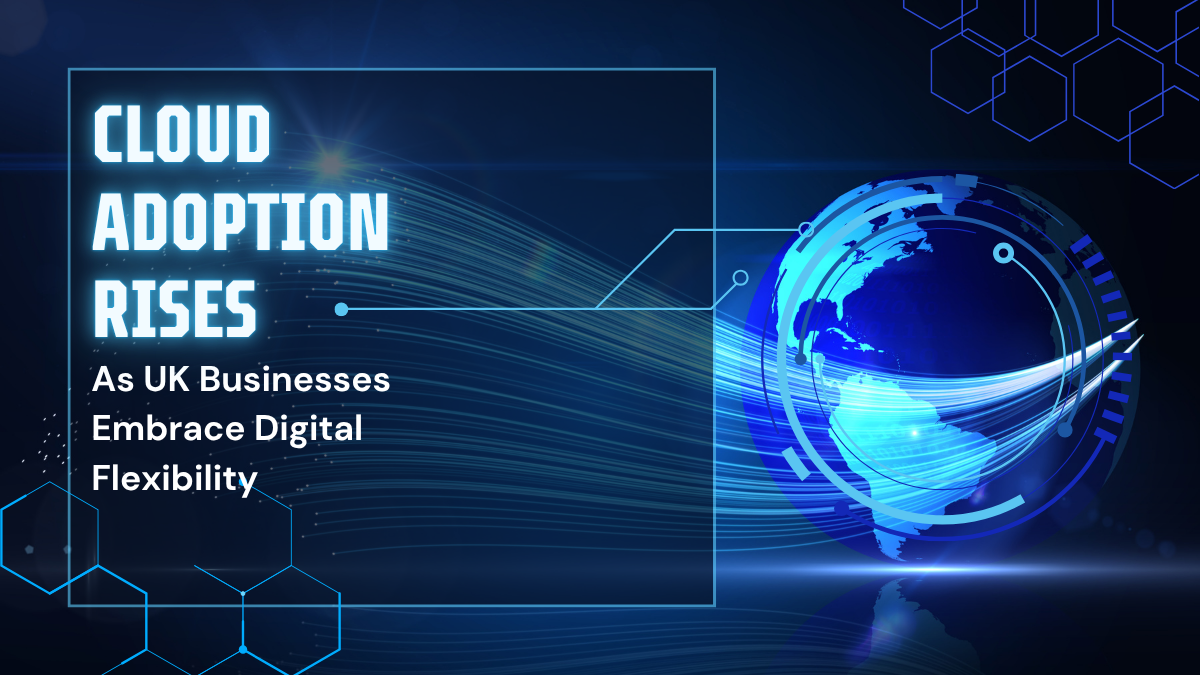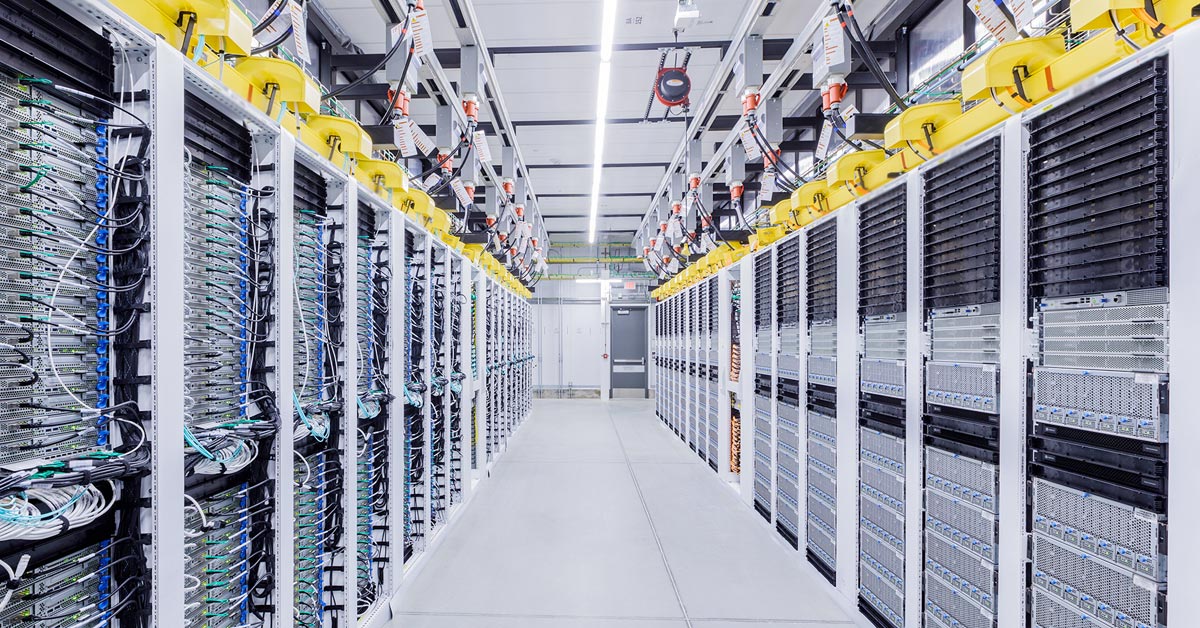Data privacy has become one of the defining issues of modern software development. With the General Data Protection Regulation (GDPR) setting the global benchmark for privacy and security, software developers are under increasing pressure to embed compliance into every stage of the software development lifecycle.
This article provides a detailed GDPR compliance checklist for software development, outlining the essential principles, practices, and technical measures needed to protect personal data and ensure compliance. Whether you’re building digital products internally or through a custom software development company, understanding how to implement GDPR requirements is critical to avoid non compliance, penalties, and reputational damage.
Understanding GDPR and Its Relevance to Software Development
The General Data Protection Regulation is a comprehensive data protection law that governs how organisations handle personal data belonging to individuals in the EU and UK. It applies to any company that collects personal data, stores it, or processes it, regardless of where that company is based.
For software developers, this means every line of code that touches user data must comply with strict privacy obligations. GDPR compliance involves ensuring that data collection, data processing, and storage adhere to the law’s data protection principles. Developers must also respect data subject rights, prevent data breaches, and maintain secure data processing systems throughout the entire lifecycle of an application.
Software that fails to comply can face significant fines and loss of trust. By embedding data protection strategies into the software development process, teams can create gdpr compliant software that safeguards both customer data and business continuity.
Key GDPR Principles for Software Development
To develop gdpr compliant software, it’s essential to understand the fundamental data protection principles outlined in the regulation. These serve as the foundation for every data-driven system.
- Lawfulness, fairness, and transparency – Organisations must explain how personal data is used and obtain explicit consent when required.
- Purpose limitation – Data should only be collected and processed for clearly defined purposes.
- Data minimisation – Only necessary data should be collected and retained to fulfil the stated purpose.
- Accuracy – Personal data must be kept up to date and accurate.
- Storage limitation – Data should not be kept longer than necessary for the intended purpose.
- Integrity and confidentiality – Appropriate security measures must be in place to protect data against unauthorised access or data breaches.
- Accountability – Organisations must document compliance efforts and be able to demonstrate adherence to GDPR standards.
Incorporating these data protection principles ensures that all processing activities respect the rights of data subjects and minimise data protection risks.
Building GDPR Compliant Software
Creating gdpr compliant software requires close collaboration between software developers, project managers, and compliance teams. Building data protection into the software development lifecycle is far more effective than trying to retrofit compliance later.
1. Data Mapping and Classification
Start by conducting data mapping to understand what personal data is collected, where it’s stored, how it flows through the system, and who has access to it. Identify sensitive data such as location data or financial information that requires additional protection. Creating data flow diagrams helps visualise all data processing activities and assess associated risks.
2. Data Protection Impact Assessments
Before launching new applications or significant updates, perform data protection impact assessments (DPIAs). These assessments identify potential data protection risks, evaluate their severity, and outline data protection measures to mitigate them. They are particularly important when an application processes personal data at scale or involves automated decision-making.
3. Implementing Security Controls
GDPR emphasises the need for both technical and organisational measures to protect user data. This includes strong encryption, secure coding practices, strict access controls, and continuous monitoring. Data encryption should be used for both storage and transmission, ensuring that only authorised individuals can access sensitive data.
Organisational measures, such as appointing a data protection officer (DPO) and establishing internal security protocols, play a crucial role in maintaining gdpr compliance.
4. Data Protection by Design and by Default
GDPR requires organisations to incorporate data protection into systems from the outset — not as an afterthought. This approach involves integrating privacy features and default settings that limit data collection and restrict access to only necessary data. For example, anonymising personal identifiers or minimising tracking cookies enhances user privacy.
5. Clear Data Processing Agreements
When third parties or partners act as a data processor, a written data processing agreement must define how personal data is handled and safeguarded. This agreement ensures that all external providers maintain gdpr compliance and meet the same security standards as the data controller.
If you collaborate with an external development partner through custom software outsourcing, ensure they understand and implement GDPR requirements throughout their processes.
The Comprehensive GDPR Compliance Checklist for Software Development
Below is a step-by-step GDPR compliance checklist tailored to software developers and product teams. It combines legal, organisational, and technical best practices for implementing gdpr compliance effectively.
1. Appoint a Data Protection Officer
A data protection officer (DPO) oversees compliance, manages data protection impact assessments, and acts as the contact point for data protection authorities. The DPO ensures that data protection regulations are followed and that employees understand their responsibilities. Larger organisations or those that handle sensitive data should have a dedicated data protection officer dpo to maintain gdpr compliance.
2. Identify the Data Controller and Data Processor
Clarify who is the data controller (responsible for determining purposes and means of processing) and who acts as the data processor (handling data on behalf of the controller). Clearly defining these roles is essential for accountability and for documenting compliance efforts.
3. Conduct Data Mapping and Inventory
Document all data processing activities by mapping out every stage where personal data is collected, processed, stored, or shared. This includes identifying data subjects affected, purposes for data processing, and retention periods. A data inventory ensures transparency and helps maintain ongoing compliance.
4. Obtain Explicit Consent
Before collecting or processing personal data, obtain explicit consent from users. Make consent requests clear, specific, and easy to withdraw. When developing mobile apps or web platforms, ensure consent mechanisms meet gdpr software requirements and are simple for users to understand.
5. Ensure Data Subject Rights
Applications must enable data subjects to exercise their rights, including the right to access, rectify, erase, or restrict their data. Providing clear interfaces or customer support channels for handling data subject requests is a key part of gdpr software compliance.
6. Apply Data Minimisation
Only collect personal data that is strictly necessary for your application’s function. Avoid excessive data collection and review stored data periodically to delete outdated or irrelevant information. This helps protect personal data while reducing data protection risks.
7. Implement Security Measures
Deploy strong security controls, such as access management systems, multi-factor authentication, and secure coding practices. Encrypt stored data and apply data protection measures like intrusion detection and regular vulnerability testing. These actions help prevent data breaches and protect user data from unauthorised access.
8. Create a Data Breach Response Plan
Despite best efforts, data breaches can still occur. A clear data breach response plan ensures swift action to contain the incident, assess impact, and notify affected data subjects and data protection authorities when necessary. GDPR requires data breach notification within 72 hours of discovery.
9. Regularly Perform Data Protection Impact Assessments
Revisit data protection impact assessments whenever new features or data processing methods are introduced. Continuous reviews ensure that any emerging data protection risks are identified and mitigated promptly.
10. Maintain Secure Data Processing
Establish frameworks for secure data processing throughout development, testing, and deployment. This includes anonymising data during tests, encrypting production environments, and ensuring third-party integrations meet the same data security standards.
11. Adopt Organisational Measures and Training
Train software developers, testers, and administrators on GDPR compliance requirements. Regular internal audits, training sessions, and awareness programmes strengthen the organisation’s ability to maintain gdpr compliance and prevent non compliance through human error.
12. Test for Compliance Gaps
Regular audits and penetration tests help identify compliance gaps or weaknesses in your application’s data protection practices. Reviewing data processing logs and updating policies ensures your system remains resilient to new threats.
13. Document Compliance Efforts
Keep detailed records of compliance efforts, including data protection impact assessments, consent forms, data processing agreements, and security testing reports. This documentation is essential for demonstrating compliance to data protection authorities.
14. Plan for Data Portability and Erasure
Applications should support data portability, enabling users to easily export their data in a structured format. They should also allow users to delete their data when requested, ensuring that personal information is not retained unnecessarily.
15. Build for Continuous GDPR Compliance
GDPR compliance is not a one-time task but an ongoing process. Regularly review your gdpr compliance checklist, update policies as laws evolve, and test security measures to maintain GDPR compliance throughout your software’s lifecycle.
Incorporating GDPR Compliance into the Software Development Lifecycle
Embedding compliance into each phase of the software development lifecycle is essential for sustainable gdpr software compliance.
- Planning and Design: Incorporate data protection by design principles, define data flows, and identify processing activities early.
- Development: Follow secure coding practices, apply encryption, and ensure developers are aware of data protection principles.
- Testing: Use anonymised test data, validate access controls, and check for vulnerabilities that could lead to data breaches.
- Deployment: Implement strict access controls, enforce data protection measures, and ensure backups are encrypted.
- Maintenance: Conduct regular compliance reviews and apply security patches promptly.
For teams using staff augmentation, ensure that external developers are trained in GDPR compliance and adhere to your organisation’s data protection policies. Teams operating through dedicated software development teams should integrate privacy checks into every sprint and code review cycle.
Technical and Organisational Security Measures
Technical and organisational measures (TOMs) form the backbone of GDPR compliance. These measures ensure your software development processes meet the highest standards of data security.
Technical Measures
- Data encryption at rest and in transit
- Regular penetration testing and code reviews
- Role-based access control
- Secure user authentication and password management
- Logging and monitoring of data access
Organisational Measures
- Appointment of data protection officers
- Periodic security training for employees
- Formal data breach response plan
- Vendor assessments and audits for third-party processors
- Regular policy reviews and compliance reporting
Combining these approaches helps ensure compliance, prevent data breaches, and maintain gdpr compliant software throughout its lifecycle.
Maintaining GDPR Compliance Over Time
GDPR compliance is an ongoing process that requires continuous monitoring and improvement. As software evolves, new integrations, updates, or third-party tools can introduce new risks. Maintaining gdpr compliance means revisiting policies, performing regular data protection impact assessments, and ensuring all employees understand their responsibilities.
Ongoing compliance efforts should focus on:
- Periodic reviews of data protection practices
- Updating privacy notices and consent mechanisms
- Verifying that only necessary data is retained
- Reviewing data protection agreements with third parties
- Testing for new vulnerabilities and security gaps
Continuous gdpr compliance strengthens customer confidence and keeps your organisation ahead of regulatory scrutiny.
Conclusion
Building GDPR compliant software demands more than ticking legal boxes. It requires a proactive approach to data protection that spans the entire software development lifecycle. From data mapping and security measures to documenting compliance efforts and maintaining continuous gdpr compliance, each step reinforces your commitment to privacy and accountability.
Whether working with in-house teams or a trusted custom software development company, prioritising privacy by design will not only help protect personal data but also build long-term trust with users. By following this gdpr compliance checklist for software development, your organisation can confidently meet gdpr requirements, prevent data breaches, and ensure your software stands up to today’s data protection standards.
















